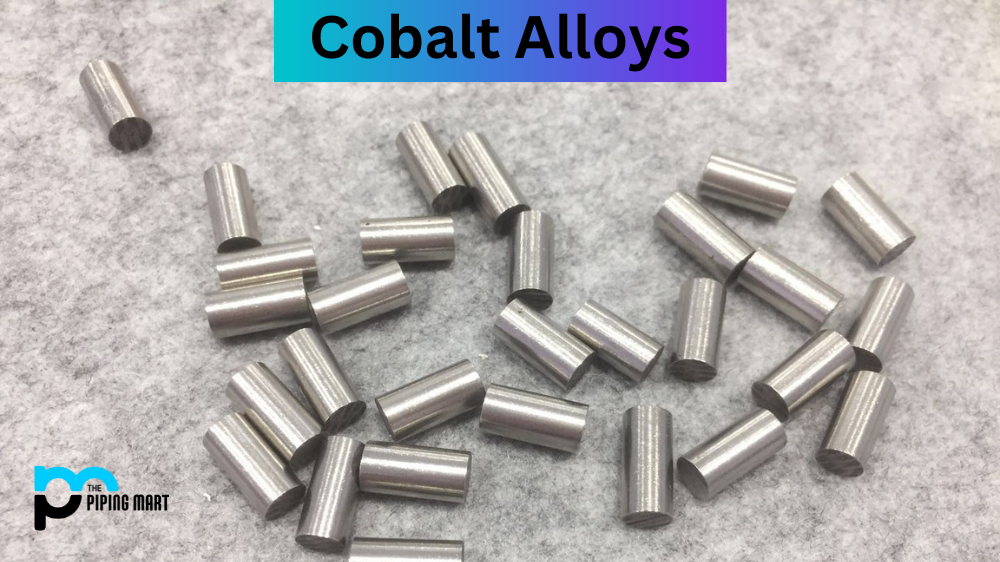When choosing the right type of steel for your project, navigating the nuances between the various options available can be overwhelming. Two popular types of stainless steel often compared are 316 stainless steel and 18-8. While they may seem similar at first glance, they have some key differences that are important to consider. In this blog post, we will break down the properties and applications of 316 stainless steel and 18-8 so that you can decide which type of steel is right for you.
Difference Between 316 Stainless Steel and 18-8
Composition
Their chemical composition is the primary difference between 316 stainless steel and 18-8. 316 stainless steel contains molybdenum, particularly harsh chemicals like chlorides and acids, making it more corrosion-resistant. This property also makes it a popular choice for marine applications where it will be exposed to saltwater. 18-8, on the other hand, is made up of a mixture of nickel and chromium but does not contain molybdenum. This makes 18-8 less resistant to corrosion than 316 stainless steel in certain environments.
Strength
Another important difference between the two is their strength. Due to the addition of molybdenum, 316 stainless steel is generally stronger and more durable than 18-8. It has a higher tensile strength, which means it can withstand more force without breaking. This makes it a popular choice for applications where strength is a top priority, such as construction and manufacturing.
Cost
Cost is another factor to consider when choosing between 316 stainless steel and 18-8. The higher corrosion resistance and added strength 316 come at a higher cost. This makes 18-8 a more cost-effective option for applications where corrosion resistance is not a top priority.
Applications
The properties of 316 stainless steel and 18-8 make them suitable for different applications. 316 stainless steel is commonly used in marine and chemical applications, exposing it to harsh environments. It is also often used in construction and manufacturing thanks to its high tensile strength. 18-8, on the other hand, is often used in food processing and other applications where its low-level corrosion resistance is sufficient.
Conclusion
When choosing between 316 stainless steel and 18-8, many factors must be considered using composition, strength, cost and application. While these two types of steel may seem similar, their differences are important to consider to select the right steel for your project. If corrosion resistance and durability are top priorities for your application, then 316 stainless steel may be the best choice. However, if cost is a concern and lower levels of corrosion resistance are sufficient, then 18-8 is the better option. Ultimately, the key to selecting the right steel is to carefully consider your needs and priorities and to choose based on those factors.

Abhishek is a seasoned blogger and industry expert, sharing his insights and knowledge on various topics. With his research, Abhishek offers valuable insights and tips for professionals and enthusiasts. Follow him for expert advice on the latest trends and developments in the metal industry.




